Starting Flower Seeds Indoors
Starting seeds is easy, fun and can be very rewarding. All one needs is a little soil, sand, vermiculite, a container, egg or cottage cheese carton, a warm, bright spot, and the seed. Then follow-up watering to keep the seed moist until it germinates.
Keep in mind there are many seeds that do not need to be started indoors. Don’t waste your time starting flowers that are so easy to start by simply broadcasting the seed directly into the garden. Godetia, nasturtiums, clarkia, alyssum, California poppies, sunflowers, columbine, and wildflower mixtures head the list of a few of the easiest ones to sow outside.
How can you determine which flowers need to be started indoors? It’s simple, just check the directions on the back of the seed packet. The directions should tell you everything you need to know about how to seed, when, where, how deep, germination time, spacing and transplanting information. Be sure to observe these directions because there are some seeds like lobelia, coleus, ageratum, etc. that should not be covered at all. Some seeds need light to germinate.
Petunias, lobelia, marigolds, stock, snapdragons, ageratum, dusty Miller, coleus, etc. are a few of the most popular flowers that can be seeded indoors in March. Zinnias, asters and other warm weather flowers can be started indoors in early April.
Starting seeds indoors is really easy and fun. Simply sow the seeds in a flat, tray, pot, egg or cottage cheese carton or any other kind of container that has drainage. (Be sure to punch drainage holes in the egg and cottage cheese cartons.) Make sure the containers are clean. Wood, plastic and clay pots can be brushed and cleansed with a solution of 10% Chlorox and 90% water, if they are moldy or slimy.
Use a good quality planting or starting mix, to start seeds. It is also all right to use soil from the garden, but there is the possibility of introducing insects or disease to the seeds and seedling plants. So it is best to use a commercial potting mix. However, garden soil can be sterilized, by baking it in the oven at 170 to 180 degrees for two hours. Mound the soil in the containers so the soil is higher than the edges. This is done so that air will flow over the soil and help deter any type of damp- off or other disease.
Next, sow the seeds at the proper depth (as outlined on the seed packet). Moisten with a light spray of water (do not use a strong spray as it would tend to wash the seeds into a corner of the container). Keep the seeds continually moist until they have germinated, then water as needed.
At this point the containers should be put into a place where they will get bright light, some sunlight if possible. Be sure the spot has good air circulation. Temperatures should range about 65 to 70 degrees, for starting seeds, or a little cooler if the seeds tend to get too leggy. As the seedlings grow, be sure to turn the container occasionally so the young plants do not grow lopsided toward the light.
Once the seedlings are up an inch or two high, they can be transplanted into individual pots or spaced in the original container, until weather conditions are suitable for planting them outdoors. Most cannot be set-out until all danger of frost has passed.
Don’t make starting seeds difficult, it a very easy, fun process, and can be very rewarding in establishing new young starter plants that will flower or produce earlier in the garden.
Starting Vegetable Seeds Indoors
Starting seeds can be a fun, easy, successful means of starting new garden plants. All you need is a little soil, a pot or tray and a warm spot to put the seedlings.
If you have some seeds left over from last year, they are probably still OK to use this year. To save time, test them first. Simply take a couple of wet paper towels, place six or eight seeds on the towels and keep it moist until the seeds germinate. If half of them germinate, then you know fifty percent of the seeds are all right and all you need to do is sow the seeds thicker than you normally would.
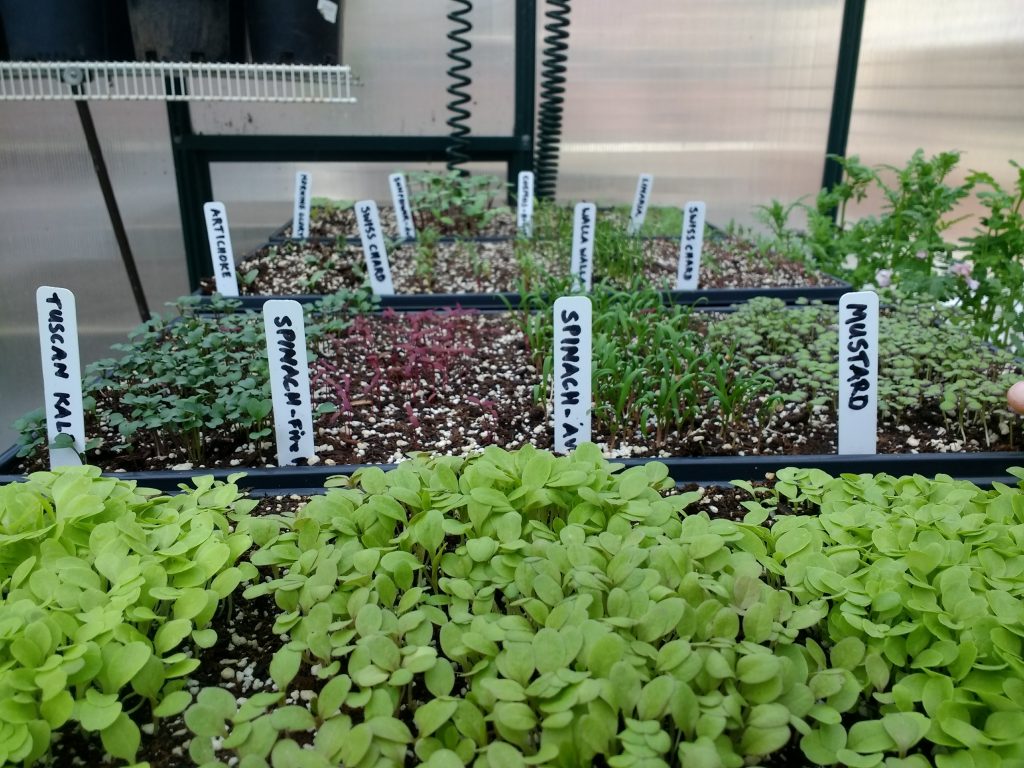
VEGETABLES – Leaf crops like spinach, lettuce, chard, cabbage, cauliflower, broccoli, tomatoes, plus the others can be started indoors in late February and March. Cucumbers, squash, pumpkins plus the other warms weather vegetable can be started indoors in late March and April.
VEGETABLE ROOT CROPS – Sow the seeds of all root crops directly into the garden. Wait for the soil to warm-up a little before seeding outdoors. Late March or early April is usually a good time for seeding root crops outdoors.
Here are a few hints on the best ways to start vegetable seeds indoors:
You can start the seeds in just about any kind of container. Trays, flats, pots, old egg cartons, cut-off milk cartons or even egg shells are suitable. If the trays or pots are old it would be a good idea to soak and clean them in a solution of 90 percent water and 10 percent bleach, before using them.
An all-purpose houseplant type potting soil can be used for starting the seeds. Do not use soil from the garden unless it has been sterilized first. Otherwise you are apt to introduced weeds, bugs and disease to the seeding mix. You can sterilize the soil in the oven by baking it for about two hours at 170 to 180 degrees.
Annual and vegetable seed packets can be put in the refrigerator for a couple of days before being seeded.
Before sowing the seeds be sure to fill the container to overflowing with soil. It is very important to have the soil high in the container so the air will flow across the soil, thus aiding in the control of damp-off disease.
The next most important step is to barely cover the seed with soil. There is a tendency to cover the seed with too much soil. Some types and varieties do not need to be covered at all.
The sowing instructions on the back of the seed packet will specify the correct spacing, planting depth, time to sow and any other pertinent information for that particular seed variety.
Keep the newly seeded pots or trays in a warm spot where the temperatures average 65 to 72 degrees day and night. Select a spot where there is bright light. In fact, the seeds will even germinate faster if they are kept under fluorescent lights. Space the lights about 12 to 15 inches above the soil.
Use warm water to water the seeds for the first two or three days. Once the seedlings have germinated use water that is just a little warmer than room temperature.
After the new seedlings have formed a couple of sets of true leaves they can be individually potted or spaced so there is room for them to develop naturally. Do not set the young seedlings outdoors until after all danger of frost has passed.
Some seeds you can start indoors as early as late February:
-
 Tomato – Oregon Spring$1.99
Tomato – Oregon Spring$1.99 -
 Lettuce – Amish Deer Tongue$2.29
Lettuce – Amish Deer Tongue$2.29 -
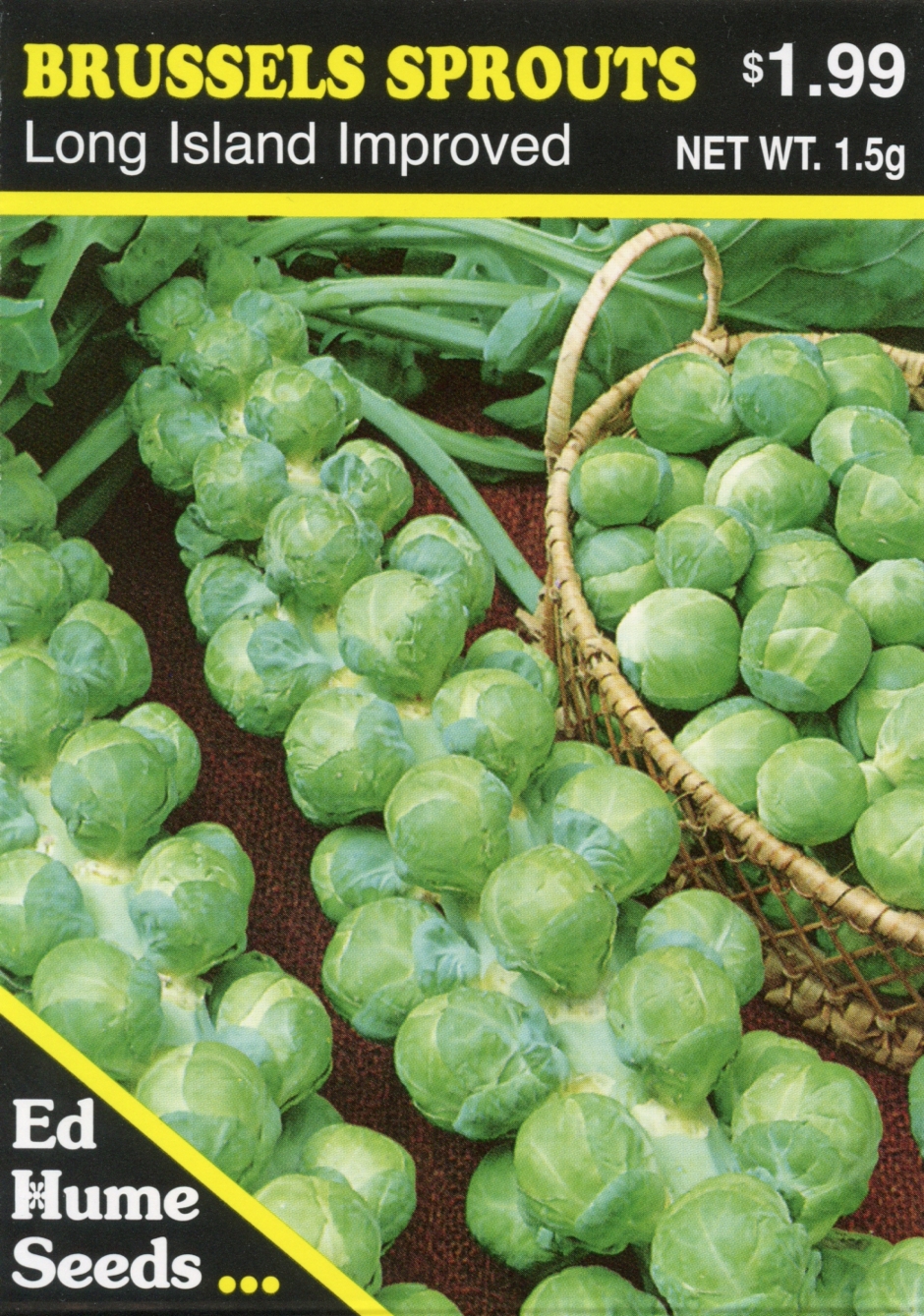 Brussels Sprouts – Long Island Improved$1.99
Brussels Sprouts – Long Island Improved$1.99 -
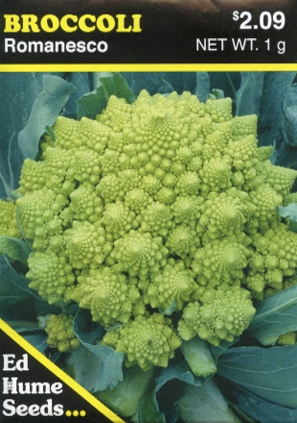 Broccoli – Romanesco$2.09
Broccoli – Romanesco$2.09 -
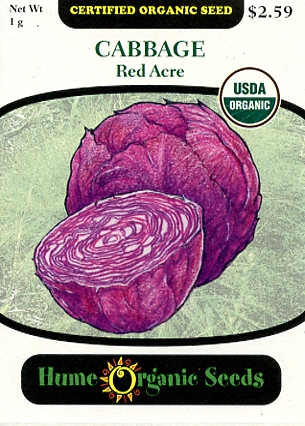 Cabbage – Red Acre Organic$2.59
Cabbage – Red Acre Organic$2.59 -
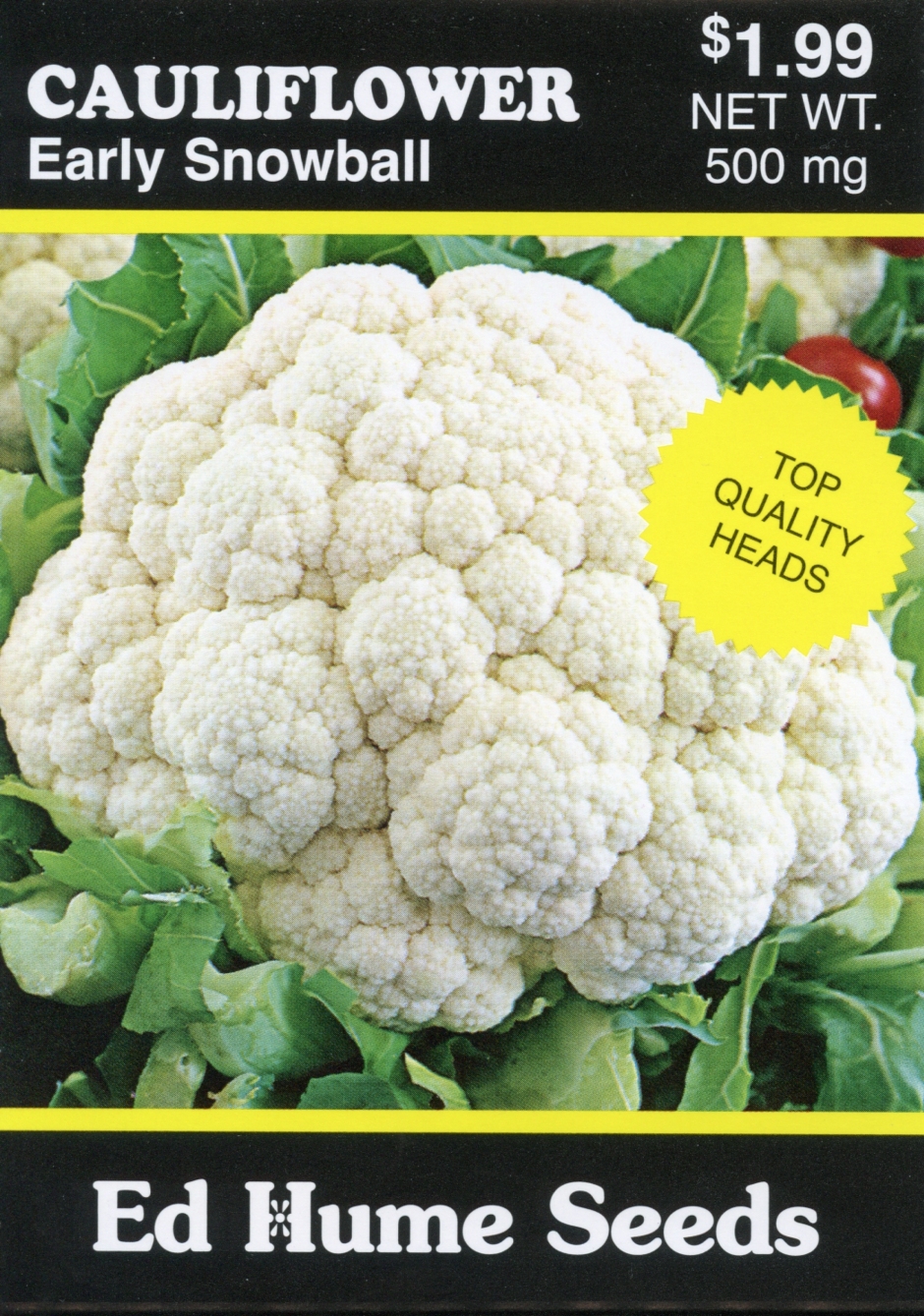 Cauliflower – Early Snowball$1.99
Cauliflower – Early Snowball$1.99 -
 Artichoke – Green Globe Improved$2.29
Artichoke – Green Globe Improved$2.29 -
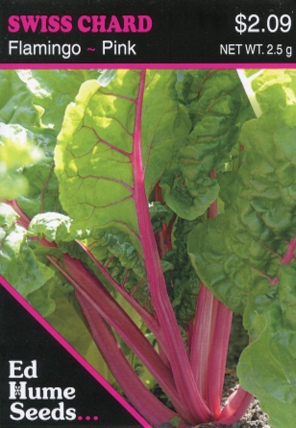 Swiss Chard – Pink Flamingo$2.09
Swiss Chard – Pink Flamingo$2.09 -
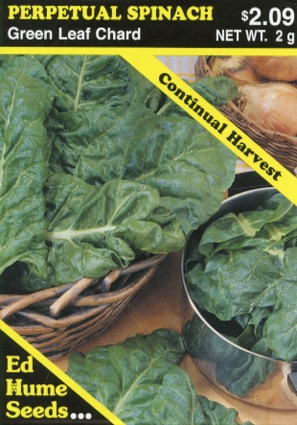 Perpetual Spinach – Green Leaf Chard$2.09
Perpetual Spinach – Green Leaf Chard$2.09
